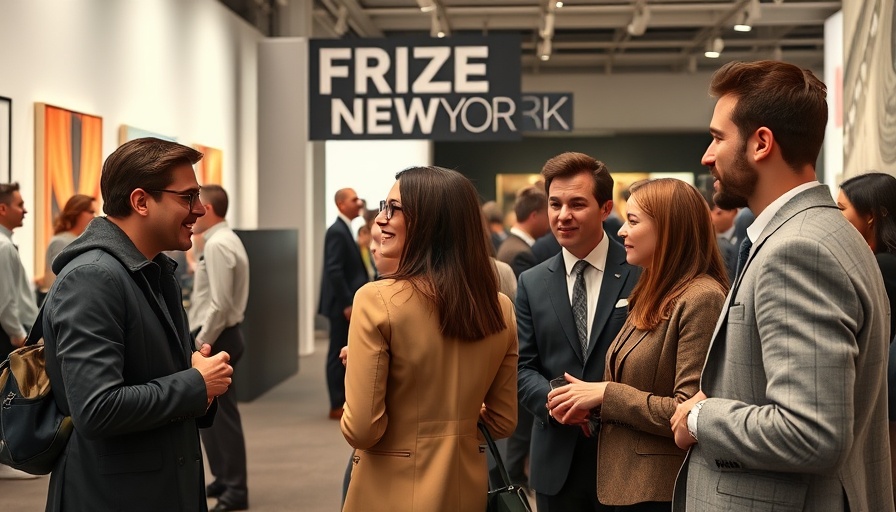
A Transformative Shift in the Art World
The recent acquisition of Frieze by Ari Emanuel, the former CEO of Endeavor, marks a notable turning point for the contemporary art scene. The deal has garnered attention not only because of its financial backing of approximately $200 million but also for its potential to reshape the business model of art fairs and publications alike. Emanuel has a history with Frieze, having overseen its initial growth within Endeavor, which acquired a stake back in 2016.
What This Means for Frieze's Future
Emanuel's vision for Frieze is clear: to strengthen its role in the global art community while expanding its events platform. With his leadership, Frieze has already successfully launched new fairs in Los Angeles and Seoul, and while the current leadership, including CEO Simon Fox, will remain in place, we can expect innovative approaches to enhance Frieze's reputation.
The Broader Context of Art Market Dynamics
This sale occurs in a climate teeming with shifts in the art world. In addition to Frieze, Endeavor was also exploring sales that included prominent tennis tournaments. Such strategic consolidations and acquisitions reflect ongoing changes in cultural commodification, where art and entertainment increasingly intersect. Emanuel’s knack for navigating this landscape could catalyze novel collaborative ventures that leverage both art and sports.
Engaging the Community Through Art
For top wage earners in Philadelphia, the developments surrounding Frieze present an exciting opportunity to engage more deeply with the art scene. With events like Frieze New York on the horizon, Philadelphia residents can participate in an increasingly vibrant dialogue about contemporary art. Art fairs serve as community hubs, connecting local artists and collectors with larger narratives within the art market.
The Cultural Significance of Art Acquisitions
As Frieze is positioned for growth under new ownership, it’s essential to consider how acquisitions like this not only influence the art market but also societal perceptions of art. Art is more than a privilege; it can foster social connections and empower communities. Emanuel, in his statement about the acquisition, referenced the inspiration that art provides, affirming its role in personal and collective growth.
This is a compelling time for art enthusiasts, not just in centers like New York but across the entire Philadelphia region. With every sale, every event, there lies an opportunity to celebrate creativity and the shared human experience.
As this transformative chapter for Frieze unfolds, it invites Philadelphia’s community to engage further with art and its enriching impact on our lives. Stay informed about upcoming exhibitions and collaborations, and immerse yourself in the cultural vibrancy that events like Frieze New York bring.
 Add Row
Add Row  Add
Add 




Write A Comment